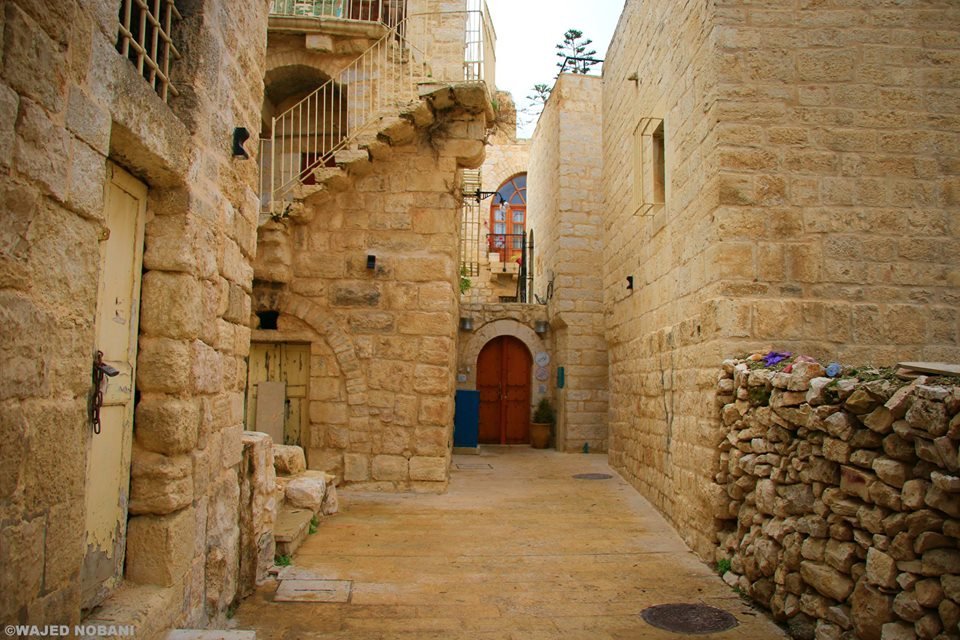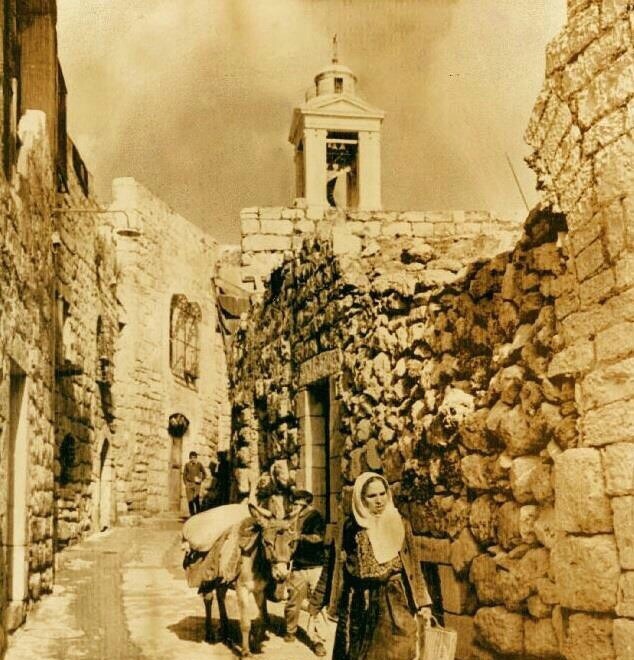Bethlehem is located 10 km south of Jerusalem and its population is approximately 250,000 people. It is considered one of the oldest cities in the Holy Land, as it was settled by the Canaanites around 2000 BC.
Etymology:
There is a difference in the origin of the name between many sayings, but it is likely that it is Aramaic in origin and means the house of bread (lekhm \ lehem), which means bread, because that region is considered the food basket for everyone due to the fertility of its land and the abundance of its agricultural production.
Likewise, in contemporary Arabic, the word “lihm” means meat, meaning slices of meat, and refers to the same idea, which is food safety.
Historical overview:
Multiple peoples visited Bethlehem in various historical periods, as it is mentioned that the Prophet Jacob resided there and his wife Rachel was buried there. It is also mentioned that King David was born and raised there, but the most prominent thing that distinguishes it now is that it is considered to Christians the place where the Virgin Mary gave birth to her son Jesus.Among its most prominent archaeological sites are:Church of the Nativity: It was built in 325 AD by Queen Helena. The church was built over the site where it is believed that Christ was born. One of its most prominent features is that it is the only church that remained standing after the Persian Sassanid invasion in 614 AD, when the Persians demolished all the churches in the Holy Land except for it.One of the most prominent landmarks in Bethlehem Governorate is the Shepherd’s Field Church, which was built in the same historical period and was demolished and rebuilt several times throughout history to reach its current form. After the Oslo Accords signed in 1992, the city of Bethlehem is today considered one of the cities under the rule of the Palestinian Authority in areas called Area A.


